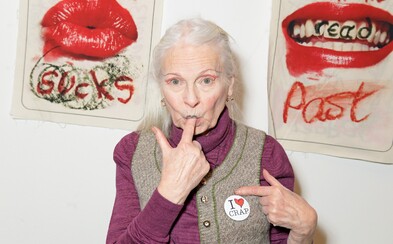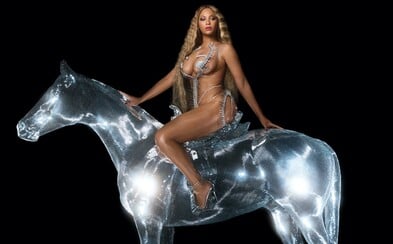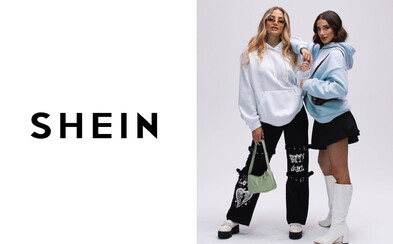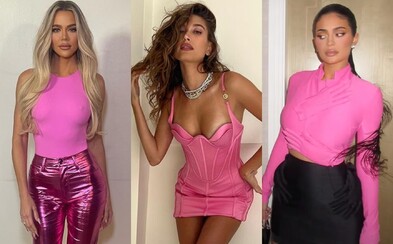 Even celebrities have fake clothes or accessories. Jake Paul with Richard Mille watches or fake diamonds 6ix9ine
Even celebrities have fake clothes or accessories. Jake Paul with Richard Mille watches or fake diamonds 6ix9ine
Even celebrities have fake clothes or accessories. Jake Paul with Richard Mille watches or fake diamonds 6ix9ine
Even celebrities have fake clothes or accessories. Jake Paul with Richard Mille watches or fake diamonds 6ix9ine
12 Interesting Facts About Jeans That You Probably Didn't Know. Which Are The Best Sellers And Which Brands Save The Environment?
They are trendy, but at the same time timeless, these days you will shine with wide cut and you can choose from several famous brands. Read why they were once banned in schools and why they are not environmentally friendly.
If problems persis, please contact administrator.
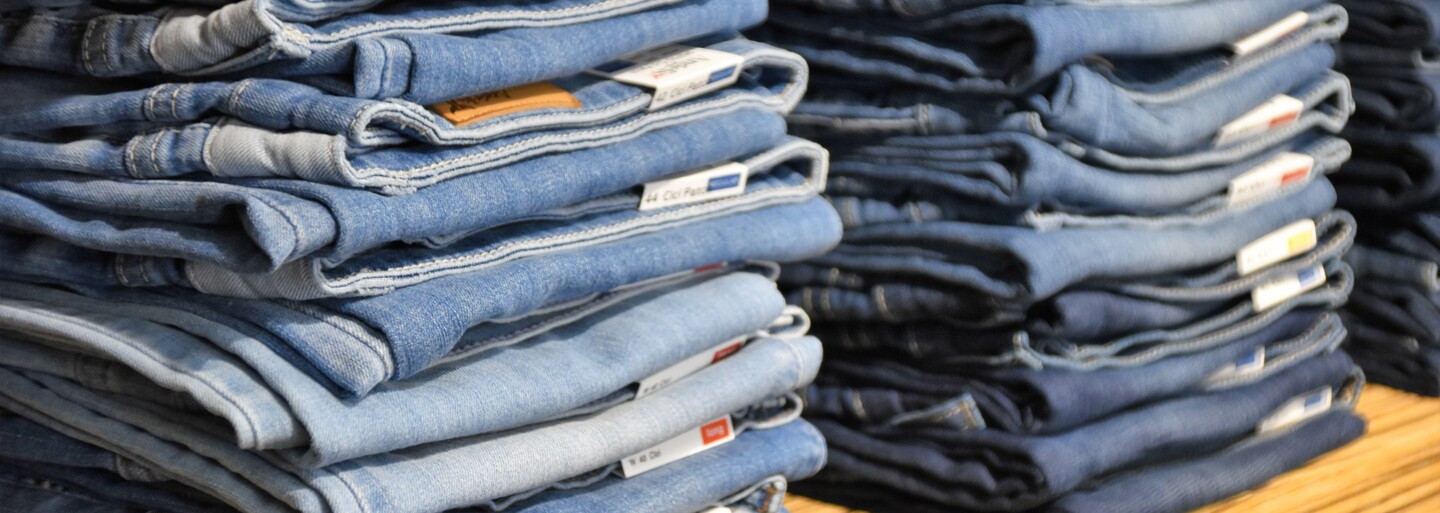
In the last two centuries, the iconic blue jeans have been adopted by miners, cowboys, Hollywood legends, counterculture rebels, rock stars such as the Rolling Stones and Elvis Presley, and high fashion designers. Such a perfect invention - perhaps the most famous pants in the world changed and rewrote history, and today you can't imagine a wardrobe without them. The famous designer Yves Saint Laurent said about them: “I have often said that I wish I had invented blue jeans. They have expression, modesty, sex appeal, simplicity - everything I hope for in my clothes."
Statistically, every American owns an average of seven pairs of blue jeans. In addition, approximately 450 million pairs of jeans are sold annually in the United States.
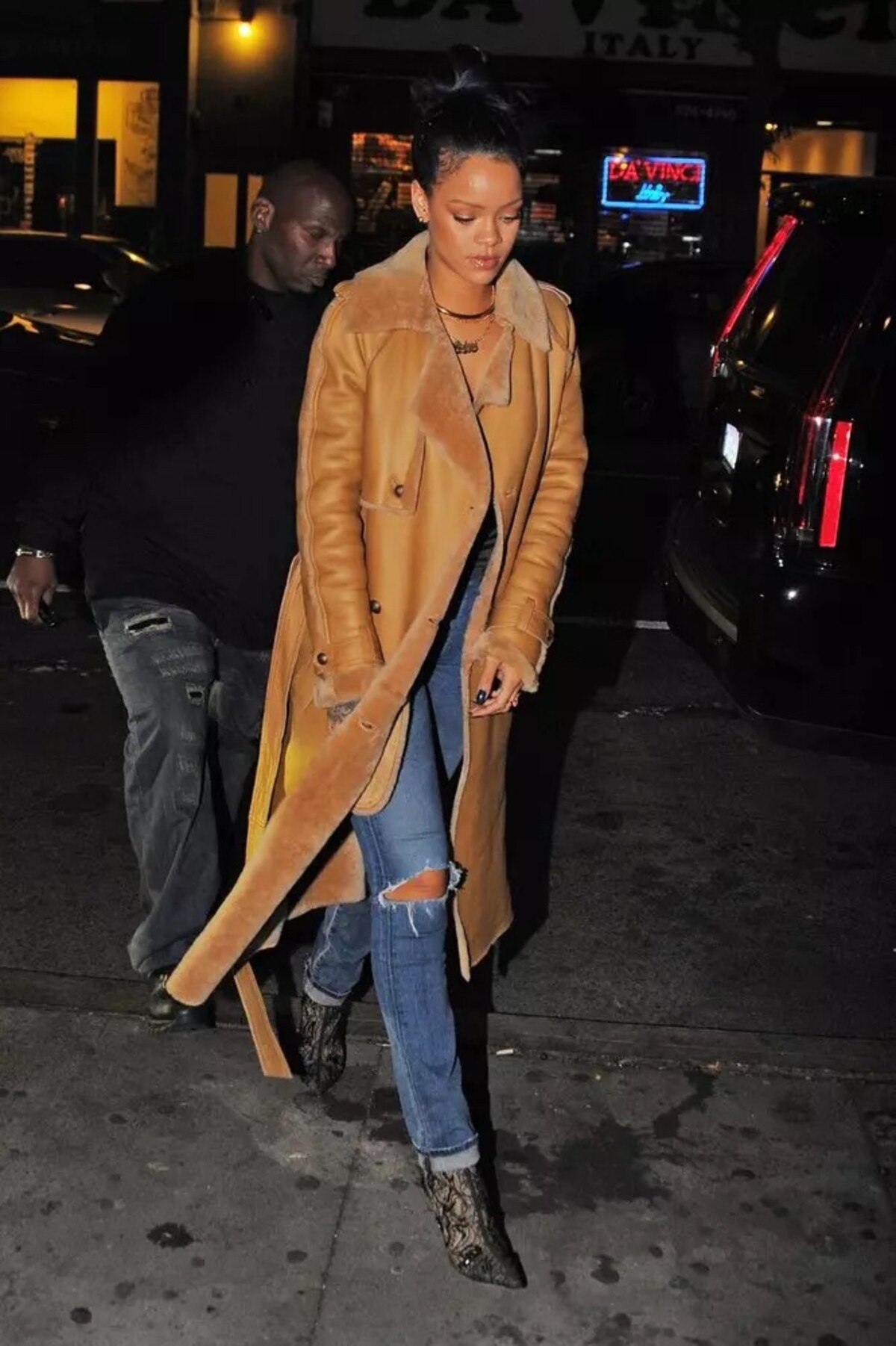
However, things are far from as rosy as they seem. Or in this case, indigo blue. Read why they were once banned in schools and why they are not environmentally friendly.
1. Waist overalls
The birth of the most famous type of pants, blue jeans, is attributed to German businessman Levi Strauss and tailor Jacob Davis, who jointly patented them in 1873 in San Francisco.
Strauss moved there during the gold rush with a vision of fulfilling the American dream and opened the western branch of the family's textile business. One of his customers was reportedly Davis, a tailor from Nevada who focused on making functional items such as tents, horse blankets and wagon covers.
The whole story began when one day a customer ordered work pants from him, which were supposed to be resistant to the conditions at work. The oldest model of the levis was sold at a recent auction organized by vintage denim hunter Brit Eaton for almost $76,000.
Davis made them out of the very denim he bought from Strauss and reinforced them by placing copper rivets on the pockets and the bottom of the trouser fastenings. Since Davis had no money for the business, he approached Strauss, who enthusiastically became his partner and provided financial resources. Together, they patented the jeans whose structure and design we know today. At that time, however, they were known as “waist overalls” or “overalls” until 1960.
2. Denim was produced was produced as early as the 15th century
However, before Strauss perfected it, ribbing was already produced in the French-Italian territory, in the 15th century. Builders and tradesmen in Genoa, Italy used a material similar to today's denim made from a strong cotton fabric.
It was thick and strong, yet cheap and protected the goods from damage. The name jeans is therefore derived from the French name Gênes (translated as the city of Genoa), pronounced "woman" in French and "jeans" in English. Another name for jeans - denim - is derived from the French city of Nîmes (read nym), where this material was also found.
3. The main work clothes of miners and workers
Over the course of the decade there were improvements to the design. Strauss added a double arc of stitching to the jeans for even better reinforcement, as well as belt loops. On some models, he replaced zippers with buttons.
At that time, the well-known red label, which is the trademark of the brand, began to appear on Levis - it was sewn next to the back pocket. At first, two main colors were used for trousers: brown and indigo blue. It was this shade of blue that became a bestseller because it perfectly hid impurities.

At the beginning of the 20th century, levis were the most popular and desirable men's workwear in the USA. Not only was denim more durable and stronger than other fabrics previously used to make work clothes, it was also a cheaper option, writes Vogue.
They were worn by miners, workers, lumberjacks, ironworkers or farmers. Gradually, other manufacturers began to reproduce this trouser hit under their own brands. In 1895, OshKosh B'Gosh, focused on children's clothing, entered the market, Blue Bell (now known as Wrangler) in 1904, and in 1911 Lee Marcantile.
4. Jeans as a sign of origin
During the First World War, in addition to jeans, Lee Union-Alls jeans were also produced, which were worn by war workers. During the Second World War, in addition to the classic dungarees at the waist, the classic dungarees with the proverbial suspenders came to the fore and thus covered the upper part of the body, thanks to which the garment was even more protected from dirt.
American soldiers who served in Europe and Japan often wore jeans when they were off duty to show that they were American. Jeans have become their cultural sign.
5. Made famous by Hollywood
Hollywood helped romanticize blue jeans in the 1920s and 1930s by putting them on male idols in cowboy movies. They were worn by John Wayne and Gary Cooper. This new image appealed mainly to male customers who were looking for casual clothes for leisure, weekends or holidays. Thanks to westerns, jeans are also called Texans.
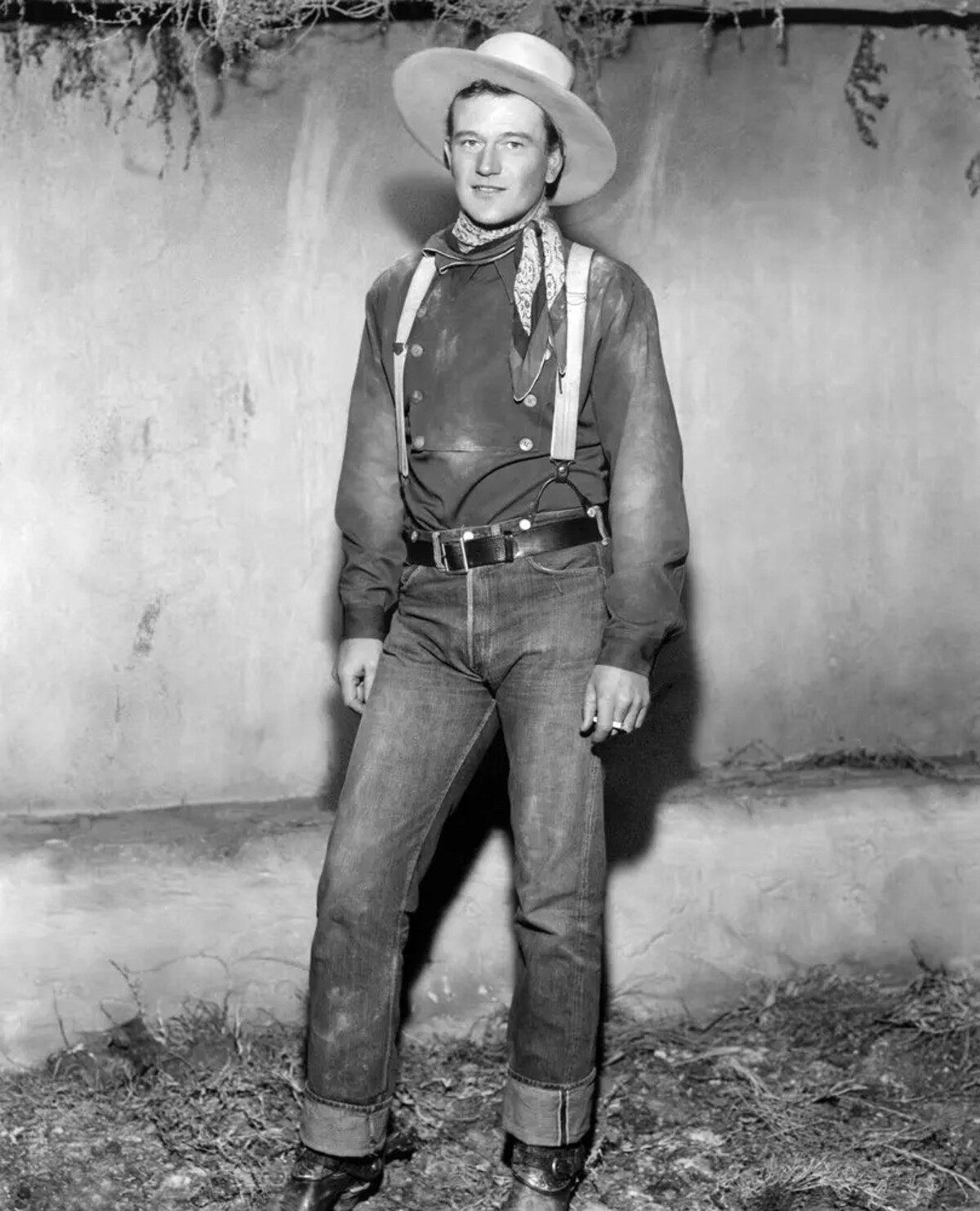
Actresses Ginger Rogers and Carole Lombard lured the female audience to jeans, but also the most famous fashion magazine Vogue, which called them "western chic" in the 1930s. Designer Claire McCardell, on the other hand, presented a model of denim dress called popover, which enjoyed great popularity.
6. Everyone wanted to be like James Dean
In the fifties, jeans became popular and became the image of sex appeal thanks to idols of the time such as Marlon Brando and James Dean. Thanks to them, however, they slowly but surely began to become a symbol of rebellious youth. The rebellious nature of denim continued in the sixties and seventies. It became associated with rock and roll stars such as Elvis Presley, the Beatles, the Rolling Stones, but also with the anti-war movement and feminism - many women wore them as part of the movement for women's liberation and the promotion of gender equality. Some high schools have even banned the clothing.
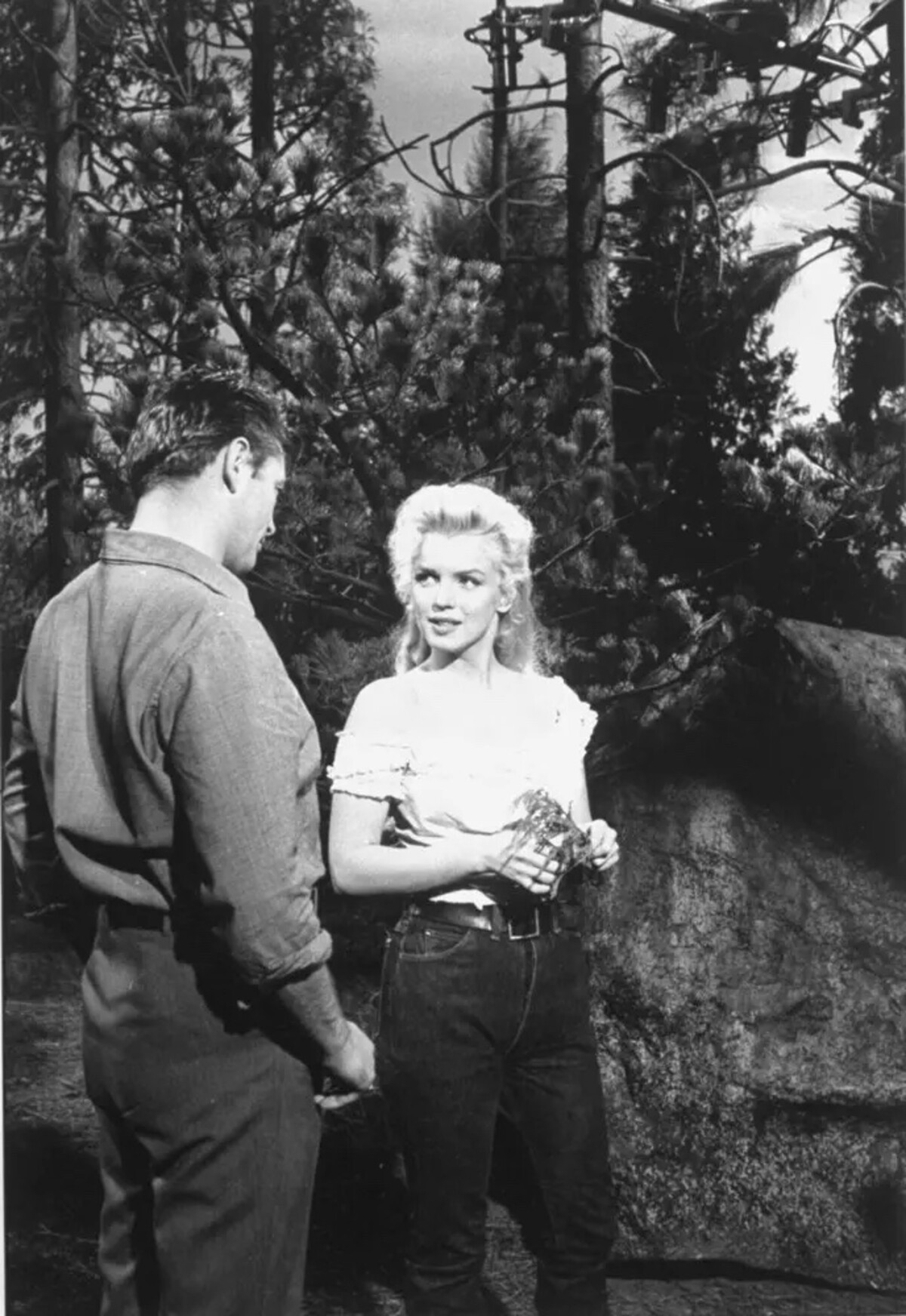
Although Vogue green-lighted jeans long before that, it wasn't until the late 1970s that fashion brands really started to take an interest in them. For example, the Fiorucci brand designed the Buffalo 70 jeans, which had a dark color, a tight fit and a high price. They were exclusive and unavailable to many of the people the jeans were originally sold to.
7. Calvin Klein brought them into a fashion show
Calvin Klein, in 1976, became the first designer in history to include them in his show and present them on the catwalk.
In the eighties, they became a sensual and mainstream product mainly thanks to Calvin Klein's provocative campaign with Brooke Shields and Claudia Shiffer's sensual advertisement for the Guess brand. In the nineties, luxury fashion houses such as Dior, Versace and Dolce & Gabbana entered the market with jeans.
In this period, wide cuts with a low seat were particularly fashionable. Hipsters at that time preferred dark denim and pop stars a bell cut. The hippie style asserted floral patterns on jeans.
8. Not every denim outfit was a safe bet
Johnny Depp and Brad Pitt loved them in the nineties, and even today. In the early 2000s, jeans were popularized mainly by pop stars such as Britney Spears, Christina Aguilera, and Destiny's Child, in which Beyoncé started. In addition to the bell cut, bootcut jeans, which slightly widen at the ankle, and, of course, hip jeans, were also trendy. At the end of the year, three-quarter length jeans also made a big comeback.

Few red carpet moments defined the fashion of an entire decade like Britney Spears and Justin Timberlake, who were a couple at the time. At the American Music Awards 2001, both came from head to toe in denim outfits. Britney wore a patchwork denim dress, and Justin wore a bright Canadian tuxedo and a cowboy hat. Their outfit is still among the worst in the history of red carpets.
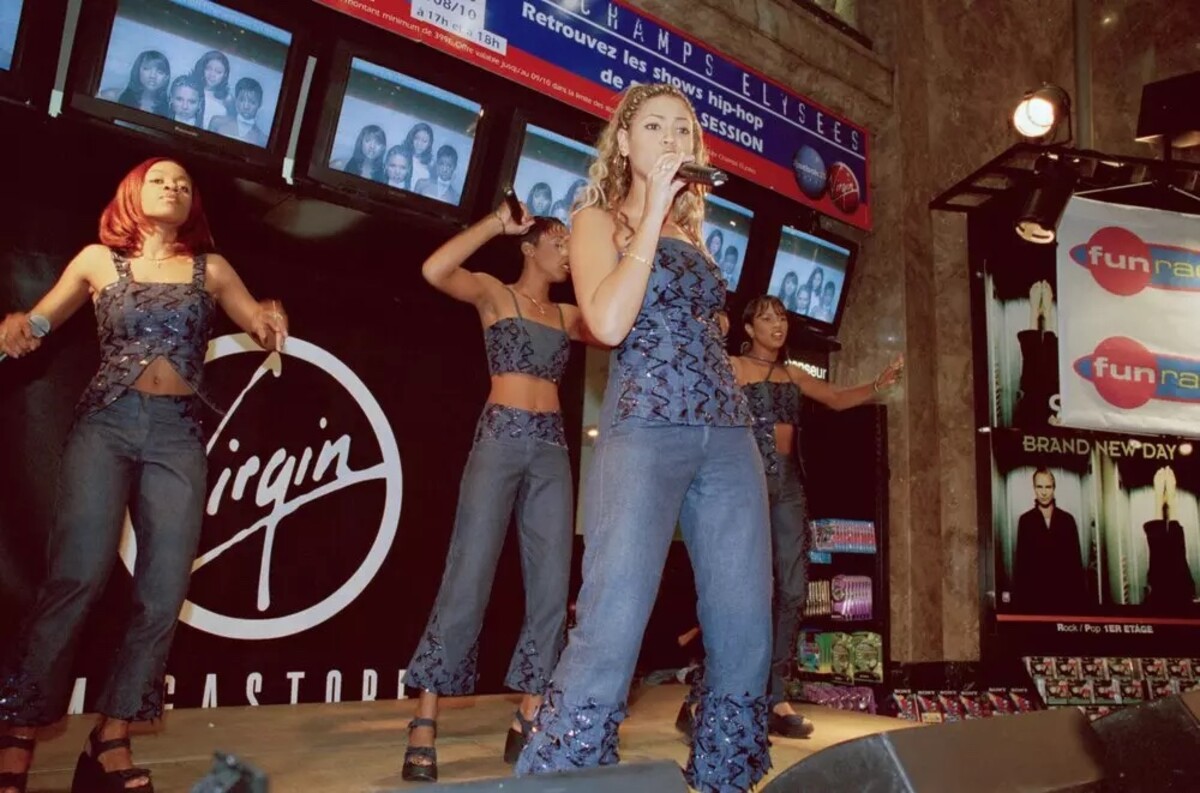
9. Levi's is still number one
Interest in premium denim grew at the beginning of the 21st century, when the brands 7 for all Mankind, Citizens of Humanity and Hudson Jeans came to the fore. According to statistics from The NPD Group, which evaluates sales revenue in the US, the most trending brands have been awarded the prestigious Denim Retail Performance Awards in 2021.
AG won in the category of best jeans brand under $100 (and sometimes around $100). The best plus size women's jeans brand was Gloria Vanderbilt, the best luxury men's jeans was Amiri, and in the women's category Bruno Cuccinelli won the award. In general, the one that started it all a long time ago - Levi's - was named the best brand of jeans.
Today, American Eagle (with prices starting from around $25 and ending at around $75) or Abercrombie & Fitch (with prices around $50 to $100) are also very popular. The Dutch brand G-Star is also a guarantee of quality.
10. Kardashian making a splash with plus size jeans
Good American, the fashion jeans brand founded by American star Khloé Kardashian and entrepreneur Emma Grede, made $1 million on its first day of operation and launch, according to Business of Fashion. The philosophy of her brand is a positive approach to one's body and inclusion. Prices are around $200 to $300, but it's worth waiting for a sale.
Khloé was inspired by personal experiences and the frustration she has experienced throughout her life with her plus size. While she currently boasts a perfect and athletic figure, Good American is all about giving women confidence regardless of the size they wear and breaking down unhealthy pop culture stereotypes. In an interview for Harpers Bazaar, she revealed that she does not consider sizes from 0 to 24 oversized, but normal for ordinary women.
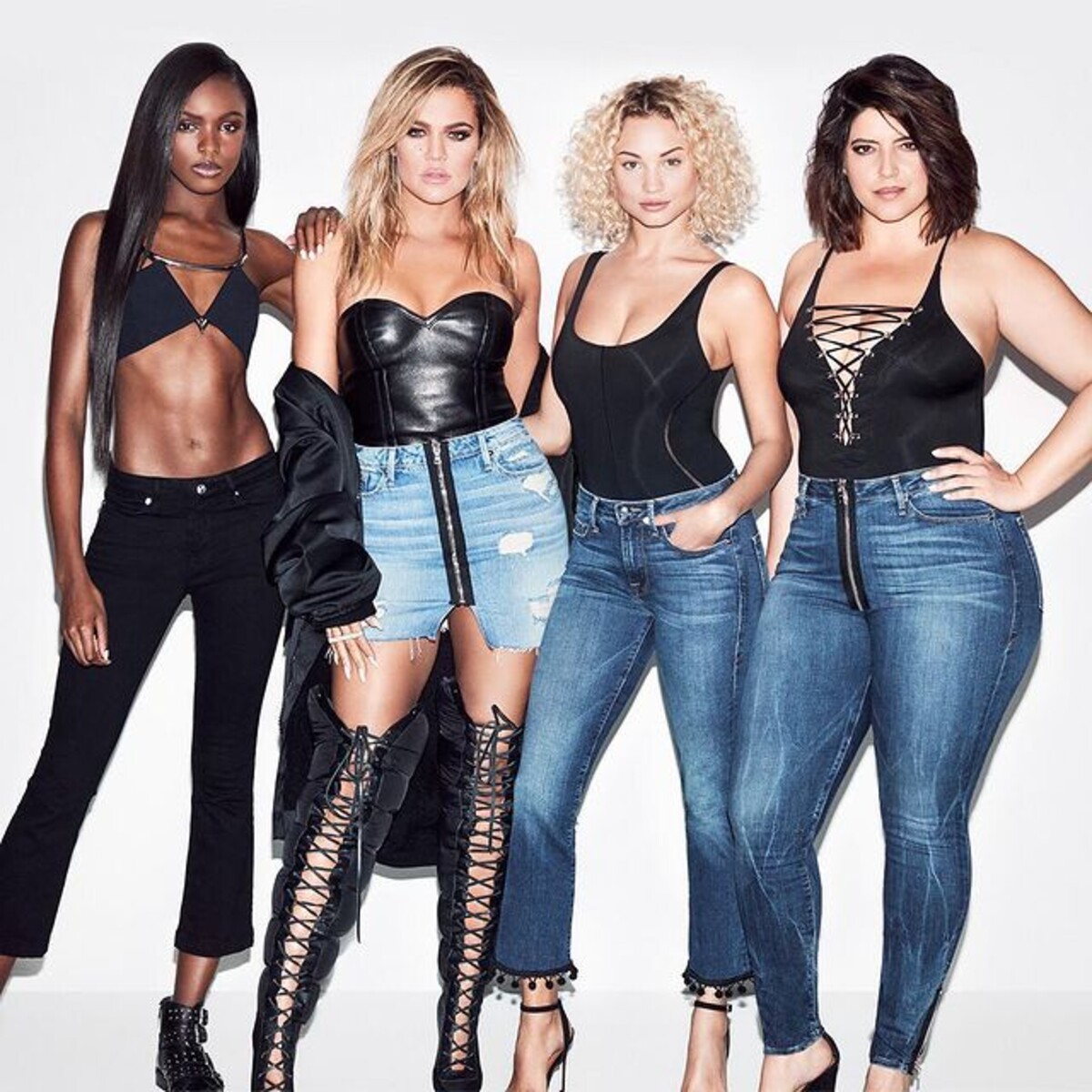
11. Trendy, but not eco-friendly
Traditionally, denim is made from cotton fiber, but unfortunately, it is not a standard sustainable material. A study by Levi Strauss & Co found that the production of one pair of 501 Levis requires 3,781 liters of water. Considering that currently more than 10 percent of the world's population does not have access to drinking water, this number is literally alarming. Pakistan is one of the largest producers of cotton, but for years it has suffered from a crisis in the availability of drinking water.
Water consumption is not the only ethical issue for denim. While cotton occupies only 2.5 percent of agricultural land, its production requires large amounts of insecticides. These can be highly toxic and create a dangerous working environment for cotton growers. Moreover, in addition to pesticides applied in cotton cultivation, harmful chemicals are also used in the process of dyeing jeans. They are found mainly in indigo color. It pollutes the surrounding soil or water systems and consequently endangers the quality of grown food and the already mentioned health of workers.
12. Better times are coming, but slowly
Some responsible or slightly more responsible brands are moving towards more sustainable materials, such as BCI cotton, organic or recycled cotton, recycled polyester or elastane or even hemp. In addition, man-made cellulose fibers such as TENCE Lyocell or TENCEL Modal are also used.
However, jeans made from more sustainable materials are more expensive. In addition to being more difficult to obtain, they cannot cover global production. If you can afford to pay around 200 euros or more for jeans, then we recommend brands like ÉTICA with American production, ROZENBROEK made in Great Britain or the Danish brand Organic Basics.
If problems persis, please contact administrator.


